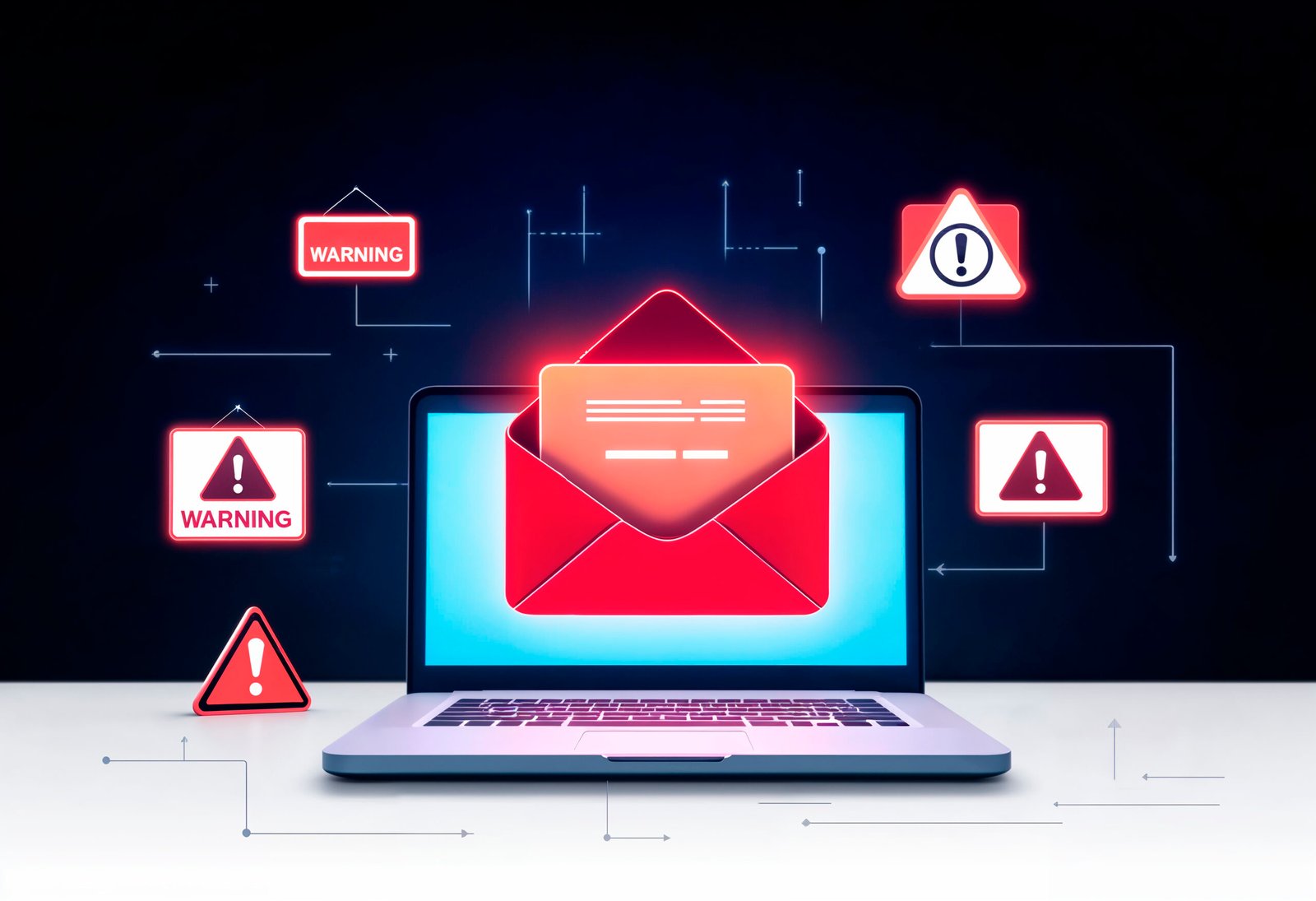By- Shashank Bajpai, Chief Information Security Officer & CTSO, YOTTA
AI-Driven IAM: Innovation vs. Ethical Boundaries
The rise of AI-powered Identity and Access Management (IAM) systems—particularly those leveraging behavioral biometrics—has redefined adaptive authentication. However, this innovation must be tempered with ethical vigilance:
- Bias in Behavioral Biometrics: AI models trained on skewed datasets can inadvertently discriminate against certain demographics. Continuous model auditing and fairness testing are essential.
- Fallback Mechanisms: Ethical IAM design mandates inclusive access—users must not be locked out due to model drift or atypical behavior.
- Transparency & Consent: Users should be informed how their behavioral data is used, stored, and protected.
As CISOs, we must ensure that innovation doesn’t outpace accountability.
IAM & Global Privacy Laws: DPDP Act 2023, GDPR, CCPA
Modern IAM frameworks are the gatekeepers of compliance. Here’s how they align with key regulations:
| Regulation | Key IAM Implications |
| DPDP Act 2023 (India) | Consent-first architecture, data fiduciary accountability, cross-border data flow restrictions |
| GDPR (EU) | Data minimization, right to erasure, breach notification, role-based access control |
| CCPA (California) | Consumer opt-outs, identity verification, preference management |
A privacy-by-design IAM system must support dynamic policy enforcement, data subject rights, and auditability across jurisdictions.
Navigating Stakeholder Resistance to Data-Driven Insights
Data often challenges intuition. When findings contradict stakeholder assumptions:
- Anchor in Business Impact: Translate insights into risk reduction or ROI.
- Invite Dialogue: Use visual storytelling to foster collaborative interpretation.
- Triangulate Evidence: Support data with qualitative signals (e.g., user feedback, incident logs).
This approach transforms resistance into resilience.
Research Insight: Overconfidence Among the Technically Literate
A recent internal survey discovered that technically proficient employees were more likely to bypass security protocols—not out of malice, but overconfidence. This insight reshaped our awareness strategy to include behavioral nudges even for power users.
From Raw Data to Strategy: A CISO’s Playbook
- Signal Extraction: Use clustering and NLP to identify dominant themes.
- Persona Mapping: Segment users by behavior, not just role.
- Strategic Alignment: Tie insights to roadmap levers—e.g., if 40% cite MFA friction, prioritize UX redesign.
Behavioral Nudges in IAM: Lessons from Stanford’s Scam Study
Stanford’s 2023 study on urgency-based scams revealed how cognitive bias can be exploited. IAM systems can counter this with:
- Contextual Prompts: “This login is from a new device—are you sure?”
- Deliberation Delays: A 3-second pause before approving high-risk actions.
- Positive Reinforcement: “You just avoided a phishing attempt—well done!”
These nudges enhance security without degrading user experience.
Ghibli AI Trend: A Privacy Mirage?
The viral Ghibli-style AI art trend, powered by generative models, has captivated millions—but at a cost:
- Metadata Exposure: Uploaded photos often contain GPS, device, and timestamp data.
- Model Inversion Risks: Stylized outputs can be reverse-engineered to reconstruct original images.
- Consent Ambiguity: Terms of service often allow reuse of images for training, raising ethical red flags.
As CISOs, we must educate users: “If it’s free, your data is the price.”
Digital Arrest & Cyber Awareness: A Strategic Imperative
The rise of “digital arrest” scams—where fraudsters impersonate law enforcement to extort victims—underscores the need for mass cyber awareness. From a national defense standpoint:
“Every fraud prevented is one less distraction for our cyber defense teams.”
By empowering citizens to recognize scams, we free up resources to focus on Advanced Persistent Threats (APTs) from hostile actors like APT36 and SideWinder, often linked to China and Pakistan.
Final Thoughts: The CISO’s Mandate
In an era where AI, identity, and geopolitics intersect, the CISO’s role is no longer just technical—it’s strategic, ethical, and deeply human. We must:
- Champion privacy-centric innovation
- Translate data into decisions
- Elevate awareness as a national defense layer
Let’s build systems that are not only secure—but also just, inclusive, privacy-aware and resilient.




